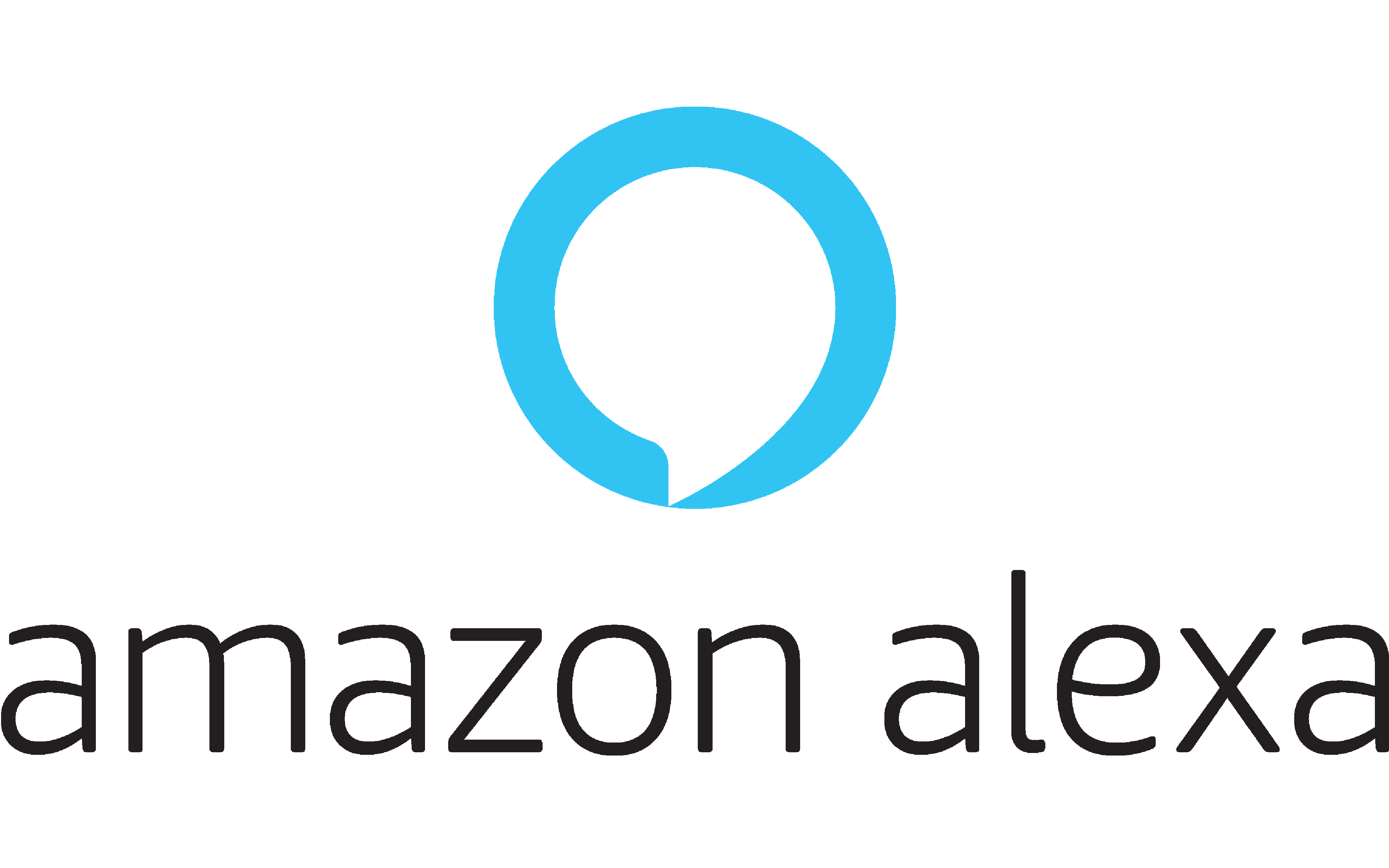Why I Choose Alexa Over Google Assistant for My Home

Introduction:
As someone who lives outside of the United States, the availability of smart home assistants can be limited. However, that hasn't stopped me from finding the perfect assistant for my home. After much research and comparison, I decided to choose Alexa over Google Assistant. In this blog post, I will share my personal experience and the reasons behind my decision, hoping it will help others who are in a similar situation.
Enhanced Home Assistant Integration with Alexa Media Player and Actionable Notifications:
The main reason I prefer Alexa is the option to use the Alexa Media Player custom component in Home Assistant. This component enables me to integrate and control my Alexa devices directly within the Home Assistant ecosystem. The integration allows me to send text-to-speech announcements, trigger routines, and control media playback on my Alexa devices.
Real-life example: I have set up an automation in Home Assistant that sends a text-to-speech announcement to my Alexa devices when my front door is opened, alerting me that someone has entered my home.
Additionally, Alexa Actionable Notifications is a fantastic feature that sends custom notifications with the option for users to take immediate action using their voice which is not supported by Google Assistant. These notifications enhance my smart home experience by allowing me to make decisions and control devices without having to open an app or manually operate the device.
Real-life example: When I walked into the kitchen, I receive an actionable notification on my Alexa device in the kitchen, asking me whether I want to turn on the kitchen fan or not. I can then say "Yes" or "No", and Alexa will act base on my decision.
Wider Ecosystem and Compatibility:
The Amazon Alexa ecosystem is vast, and the number of devices compatible with Alexa is continuously growing. From smart bulbs to thermostats, I have found that Alexa's compatibility has made it easier to create my ideal smart home. Even though Google Assistant is catching up, Alexa still offers a more comprehensive range of supported devices. Some examples of devices that are compatible with Alexa but not with Google Assistant include:
- Blink Cameras: These high-quality smart cameras, including the popular Blink Outdoor and Indoor models, provide excellent visual quality and seamless integration with Alexa. This allows me to view live footage directly on my Echo Show devices. The Blink cameras offer exceptional convenience due to their truly wireless nature, enabling me to install them in any location throughout my home. Powered by just two AA lithium batteries, these cameras can run for up to two years, making them an efficient and low-maintenance choice for home security.
- Meta Portal Devices: Meta Portal devices are versatile smart displays designed to enhance video calling and communication experiences with features like Smart Camera, Smart Sound, and support for multiple video calling platforms. A notable advantage is the built-in integration with Amazon's Alexa, offering users access to a wide array of skills and smart home control, while Google Assistant is not available on these devices. This Alexa integration allows users to enjoy seamless voice command capabilities and the extensive Amazon ecosystem, further enriching their Meta Portal experience.
Skills and Third-Party Integrations:
One of the most significant advantages of Alexa is the vast library of skills available, which essentially serve as voice-activated apps. The number of skills and third-party integrations available for Alexa is much greater than that for Google Assistant. This allowed me to access various services and features that cater to my specific needs, even though I live outside the countries where Alexa is officially available. Some examples of unique Alexa skills include:
- Find My Phone: This skill helps me locate my misplaced phone by making it ring, even if it's on silent mode.
- 7-Minute Workout: A quick and effective workout routine guided by Alexa to help me stay fit and active.
- Sleep Sounds: A skill that plays relaxing ambient sounds to help me fall asleep.
Customization and Personalization:
What sets Alexa apart from Google Assistant is its ability to be customized according to my preferences. I can easily create custom routines, tailor responses to specific questions, and even set up personalized voice profiles for each member of my family. While Google Assistant has made strides in this area, I still find Alexa to be more flexible and adaptable to my unique needs. Some examples of Alexa's customization capabilities include:
- Custom Routines: I have created a routine that starts my coffee maker, turns on the news, and adjusts the thermostat when I say, "Alexa, good morning."
- Custom Responses: I have set up a response to the question, "Who is the best football player?" so that Alexa answers with my favorite player's name.
- Voice Profiles: Each family member has their own voice profile, allowing Alexa to recognize them and provide personalized responses based on their preferences.
Community Support:
As a user living outside of the countries where Alexa is officially available, I have found the online community support to be invaluable. There are countless forums, blogs, and social media groups where fellow users share tips, tricks, and troubleshooting advice. Some examples of the resources I have found helpful include:
- The Amazon Alexa subreddit (r/amazonecho): A place where Alexa users worldwide discuss and share their experiences, tips, and tricks.
- Alexa-focused Facebook groups: These groups offer a supportive environment where members can ask questions and receive assistance from other users.
- YouTube tutorials: Various creators have shared their knowledge on setting up and using Alexa devices, providing step-by-step instructions and demonstrations.
Availability of Workarounds:
Despite not being officially supported in Malaysia, I have found workarounds for using Alexa without compromising its functionality. Some examples of the workarounds I have used include:
- Changing Location Settings: By adjusting my Amazon account's location settings, I can access and download skills from other regions.
- Using a VPN: by employing a Virtual Private Network (VPN), I can access geo-restricted content and services, ensuring that I get the most out of my Alexa experience.
- Importing Devices: I have been able to purchase and import Alexa-compatible devices from other countries, giving me access to a wider range of smart home products.
Conclusion:
While Google Assistant is an excellent choice for many users, my personal preference for Alexa is based on the wider ecosystem, extensive customization options, supportive community, and enhanced Home Assistant integration. Even though I live outside of the countries where Alexa is officially available, these factors have allowed me to create a smart home that suits my needs perfectly. If you're considering a smart home assistant and live in a region where Alexa isn't officially supported, I hope my experiences and examples will help you make an informed decision. By leveraging the extensive device compatibility, skills, workarounds, and Home Assistant integrations available, you too can build a seamless and personalized smart home experience with Alexa.





Comments